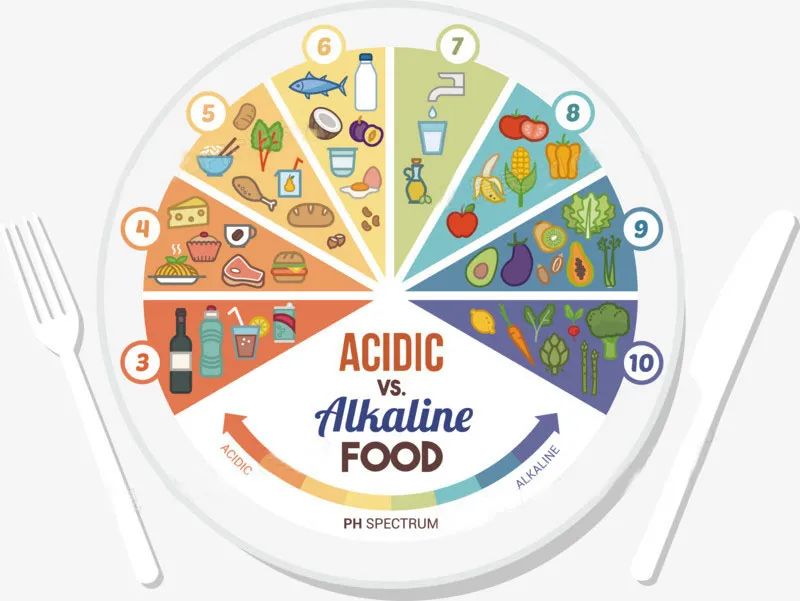Discovery at Carlson·28 Looking at Potential New Tools for Online Grocery Shopping

JOE REDDEN
Professor·Curtis L. Carlson Chair in Marketing Analytics·Marketing
Looking at Potential New Tools for Online Grocery Shopping
Online grocery shopping has grown rapidly across the country. Thanks in large part to the COVID-19 pandemic, more and more people are now choosing to buy their groceries on the web instead of in a store.
As online grocery shopping increases, so too does interest in ways this new shopping platform may be leveraged for the benefit of public health.

Joseph Redden, the Curtis L. Carlson Chair in Marketing Analytics, along with other University of Minnesota professors at the School of Public Health, surveyed people around the Twin Cities to gauge their interest in a variety of potential online features that may help them choose healthy eating options for the exploratory paper “Designing online grocery stores to support healthy eating for weight loss,” which was published in the journal Public Health Nutrition.
The study is the first to use a customer-centric approach to generate ideas for features that may be included in online grocery shopping marketplaces to support healthy food choices for weight loss.
“With close to half of American adults trying to lose weight, online grocers have the opportunity to meet the needs of a large market segment by designing their online grocery marketplaces to support healthier food choices,” Redden says.
The researchers asked participants about four possible online features:
- Shopping cart nutrition rating tool: A tool that provides a nutrition rating of foods in a shopper’s online cart, using a star rating system. As part of the rating tool, suggestions for improving the nutrition quality of one’s cart are provided in an interactive process while shopping. In addition, a shopper’s cart nutrition ratings over time would be plotted so that progress from past food purchases may be tracked by the shopper.
- Healthy meal planning tool:This tool supports healthy meal planning and the ordering of foods needed for the meals through a weekly email sent to customers that includes a list of suggested meals tailored to the customer’s personal nutrition goals, food preferences, food budget, and family size. The email also includes links to add the ingredients directly to the shopping cart to make the process more efficient (and less prone to other temptations).
- Interactive healthy eating inspiration aisle:The interactive healthy eating inspiration aisle provides an online “aisle” designed to help shoppers discover products and meal ideas that align with their health and nutrition goals. The aisle is designed to be fun and interactive.
- Healthy shopping preference settings: The healthy shopping preference settings allow an online grocery shopper the option to set up nutrition-related shopping preferences that prioritize displaying and advertising foods that align with personal health and nutrition goals. A shopper who specifies particular nutrition goals will experience an online shopping environment designed to support those preferences.
Of the four, the healthy meal planning tool has been of interest to Redden. Though this work is in the exploratory phase, Redden could see finding a way to incorporate that into further research on the subject.
“It’s not obvious that customers would be open to some of these changes,” he says. “But I would love to play with the healthy meal planning tool, and just see how satisfied people are with it. Can you get them to stay with it? Because I think that’s always the worry.”
More research is needed on the topic, Redden says, because there will need to be much more proof before anything hits the market.
“It’s not obvious that customers would latch on to these things,” Redden says. “Not to mention, if a business were to implement some of these tools, there’s a massive investment. Changing websites is not easy. It’s risky. And so we’re trying to figure out what we want our strategy to be for this going forward.

研发线上商超的新工具
“鉴于接近一半的美国成年人正在减肥,线上商超可以在线上平台提供膳食健康方面的功能,进而满足这个庞大的细分市场的需求。”
线上商超在美国全境快速扩张。由于新冠疫情的影响,越来越多的人选择线上采购,不再去线下商超。
随着线上商超业务的发展,人们越发希望能够利用这个新的购物平台,为公众健康作出贡献。
Joseph Redden在卡尔森学院担任营销分析专业的Curtis L. Carlson Chair。他与明尼苏达大学公共卫生学院的教授合作,在明尼苏达大学双城校区附近的社区展开调研,评估居民对支持健康饮食的各类在线工具的兴趣。其调研结果《优化线上商超设计,支持健康膳食与减肥》已经在《公共卫生营养》杂志发表。
该研究首次通过以客户为中心的方法,为线上商超的功能设计提供思路,为消费者提供有利于减肥的健康食品。
Redden表示:“鉴于接近一半的美国成年人正在减肥,线上商超可以在线上平台提供膳食健康方面的功能,进而满足这个庞大的细分市场的需求。”
围绕四种线上功能,研究人员向参与者展开了调查。
- 购物车营养评级工具
对消费者的线上购物车中的食物进行营养水平评估,给出星级评定结果。该评级工具会在购物过程中与消费者互动,提供改善购物车营养质量的建议。此外,该工具会记录消费者的购物车营养评级数据,方便消费者追溯过往采购的食物。
- 健康膳食规划工具
帮助消费者完成健康膳食规划和食品采购。根据消费者的个人营养目标、食物偏好、预算、家庭人数等信息,该工具制定出个性化的膳食建议。每周向消费者发送电子邮件,提出本周的膳食计划。邮件附有购物链接,可以将备餐所需食材一键添加至购物车,使购物流程更加高效,并可避免购买其他不需要的食品。
- 健康饮食互动式货架
该工具是一个线上的“货架”,为消费者提供灵感,帮助消费者发现符合健康和营养目标的产品和饮食观念。货架的设计富于乐趣和互动性。
- 健康购物偏好设置
该工具允许消费者设置营养相关的购物偏好,优先展示和推荐符合个人健康和营养目标的食品。设置营养目标后,消费者将体验到符合其健康偏好的在线购物环境。
在上述四项工具中,Redden对健康膳食规划很感兴趣。虽然这项研究还处于探索阶段,但Redden认为未来有机会展开进一步研究。
“目前还不清楚消费者是否会接纳上述功能,但我很想试用健康膳食规划工具,想看看它的消费者满意度。但问题是,消费者会持续遵守该工具的建议吗?这是大家一直担心的问题。”
Redden表示,这个课题需要进一步的研究。因为任何产品推出市场前,都需要更多的验证。
“目前还不清楚消费者能否接受这些功能,更不用说,这些工具的设计和应用需要大额投资。修改网站并非易事,这是有风险的。所以,我们还在研究这方面的具体策略。”



